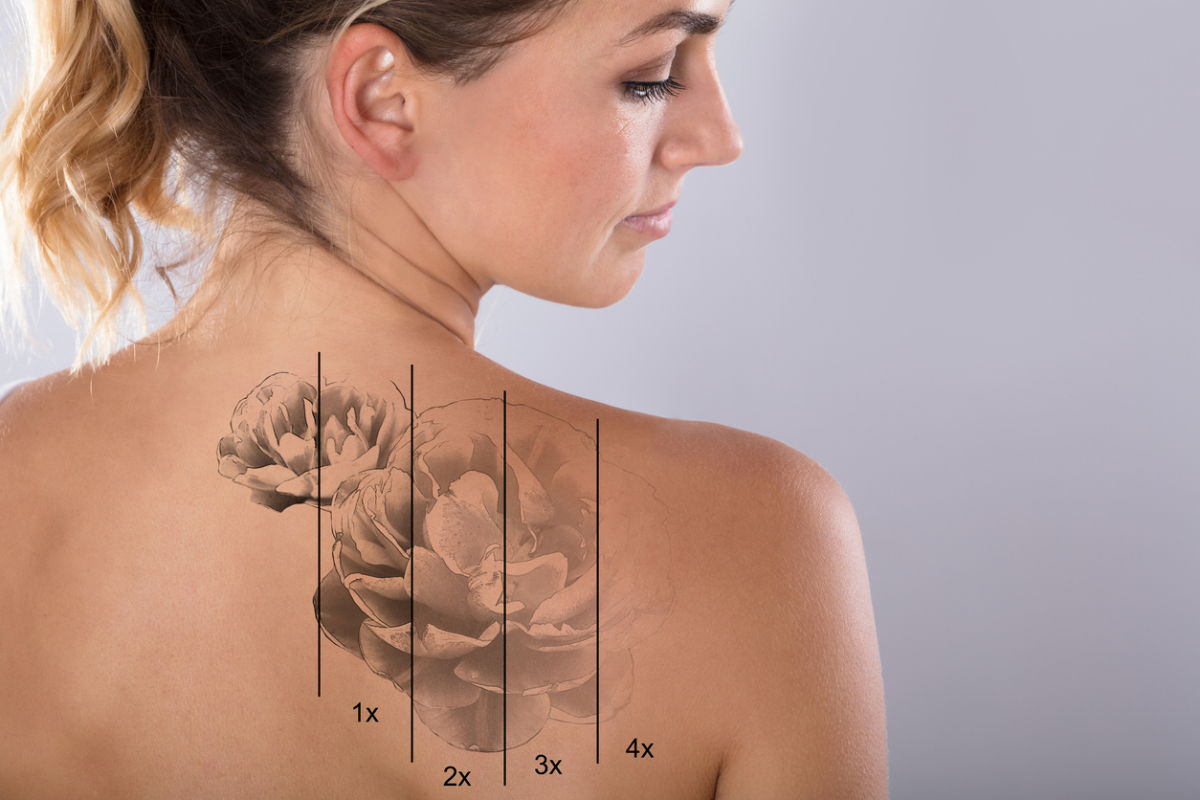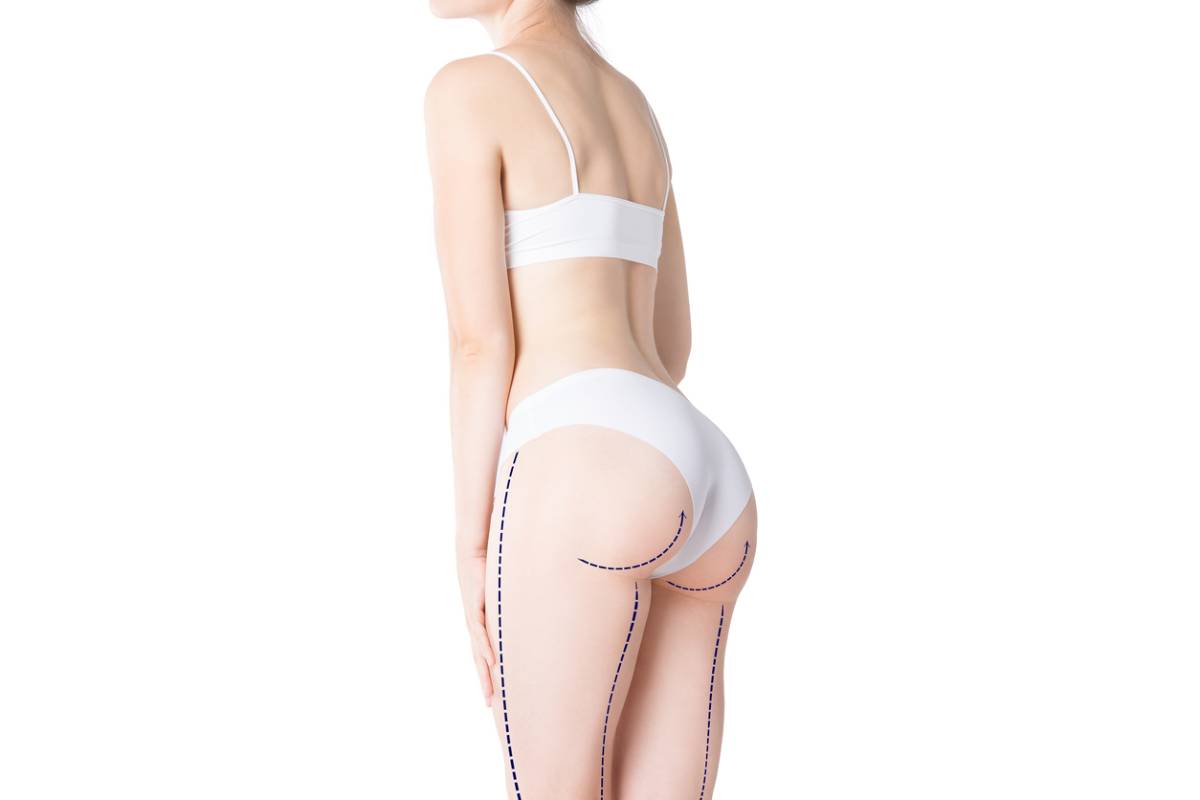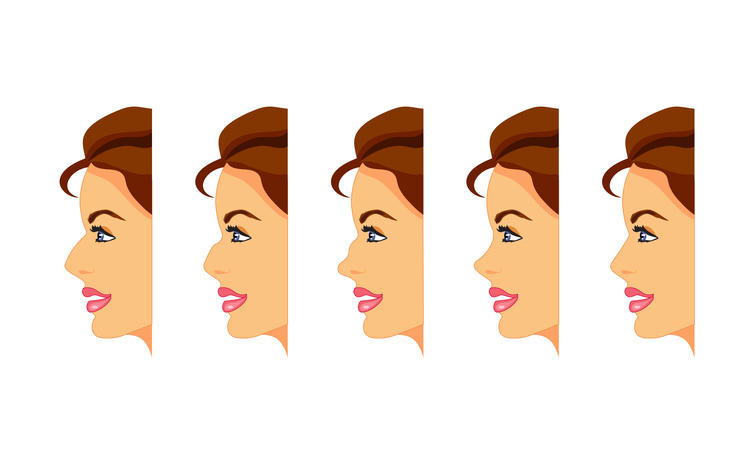Can Tattoos Be Fully Removed?
Can tattoos be fully removed? Tattoos can be a wonderful accessory and a great fashion statement, as well as a very personal expression of spirituality and custom. When you have the right tattoo, it can speak volumes about your past and future.
However, just as much as a successful tattoo can bring joy and happiness into someone’s life, an unsuccessful tattoo has the potential to impact them in a negative sense. Fortunately, there are several methods available for tattoo removal for those who are interested.
If you have a tattoo that you aren’t proud of and have been considering trying to get it removed via cosmetic skin procedures, take a look at this overview of the subject to help you decide what the right path forward is.
What Is Tattoo Removal?
Laser tattoo removal refers to a set of practices and techniques designed to diminish and remove the presence of tattoos on the skin. Several different methods can be employed for these purposes.
Types of Tattoo Removal
As mentioned above, there are a variety of tattoo removal methods that can be employed to clear the skin of unwanted ink. Which method your physician decides to employ will have something to do with the specifics of your health and of the extent of the tattoo you want removed. The most common methods of tattoo removal include:
- Dermabrasion: During a dermabrasion treatment, a physician uses a dermabrasion wand to remove the layers of skin where the tattoo was present.
- Chemical Peels: Chemical peels use light amounts of abrasive chemicals to remove the layer of skin where the tattoo is present. These chemicals cause these layers of skin to peel away.
- Laser Tattoo Removal: Laser tattoo removal is perhaps the most common and popular method of tattoo removal. During this type of treatment, a high-powered laser is utilized to break down the ink particles on the skin into smaller parts. The procedure is relatively painless and does not leave a scar.
- Surgical Excision: This is a surgical procedure that involves a physician cutting out the problematic tattoo using surgical precision. This type of procedure is highly effective for small tattoos but loses efficacy with large tattoos.
Risks and Benefits of Tattoo Removal
Removing a tattoo that is no longer wanted carries with it a number of emotional health benefits. In addition, some of the following benefits have been noted after successful procedures:
- Improved sense of self-esteem and confidence
- Quick recovery time and process
- Small amounts of pain and discomfort
- Tattoo removal is considered a relatively safe procedure
That being said, there are some risks that one takes on should they decide to go through with this procedure. The following risk factors should be taken into account:
- Light pain
- Infections
- Scarring following the tattoo removal
- Skin rashes and general irritation
In addition, you should stay wary of tattoo parlors or spas that claim that they can offer professional tattoo removal. These institutions do not typically have the training, expertise, equipment, and license to perform professional tattoo removals at the level of a skilled dermatologist.
Can Tattoos Be Full Removed?
The challenging answer to this question is that it is almost impossible to fully remove a tattoo. Even a surgical excision of a tattoo will leave a scar, so a patient will need to determine whether it is ultimately worth it to pursue treatment.
That being said, tattoo removal has progressed to the point that most of the visible aspects of a tattoo can be removed with very little irritation to the surrounding areas of skin. Depending on the size of the tattoo, multiple sessions will likely be required to remove the visible presence of the tattoo fully.
The color of your tattoo can also impact how effective the treatment is. For example, blue and black ink tend to disappear more easily than inks of other colors, as they are prone to absorbing light the easiest.
Much of what determines how your tattoo removal process will go has to do with the amount of ink that you’re looking to remove. This will be discussed with your physician during your consultation prior to treatment.
The Best Skin Clinic in Beverly Hills
Epione Beverly Hills is one of the premier destinations for laser tattoo removal in Beverly Hills. If you have a tattoo that has been bothering you and would like to discuss with a professional whether or not you can get it removed, contact our office today to set up an appointment.






